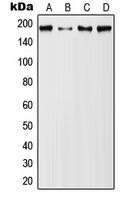
WB analysis of PMA-treated MCF7 (A), BT20 (B), UV-treated NIH3T3 (C), PMA-treated H9C2 (D) whole cell lysates using GTX32218 MUC1 (phospho Tyr1229) antibody.
MUC1 (phospho Tyr1229) antibody
GTX32218
ApplicationsWestern Blot
Product group Antibodies
TargetMUC1
Overview
- SupplierGeneTex
- Product NameMUC1 (phospho Tyr1229) antibody
- Delivery Days Customer9
- Application Supplier NoteWB: 1:500 - 1:1000. *Optimal dilutions/concentrations should be determined by the researcher.Not tested in other applications.
- ApplicationsWestern Blot
- CertificationResearch Use Only
- ClonalityPolyclonal
- ConjugateUnconjugated
- Gene ID4582
- Target nameMUC1
- Target descriptionmucin 1, cell surface associated
- Target synonymsADMCKD, ADMCKD1, ADTKD2, CA 15-3, CD227, Ca15-3, EMA, H23AG, KL-6, MAM6, MCD, MCKD, MCKD1, MUC-1, MUC-1/SEC, MUC-1/X, MUC1/ZD, PEM, PEMT, PUM, mucin-1, H23 antigen, breast carcinoma-associated antigen DF3, cancer antigen 15-3, carcinoma-associated mucin, episialin, krebs von den Lungen-6, mucin 1, transmembrane, peanut-reactive urinary mucin, polymorphic epithelial mucin, tumor associated epithelial mucin, tumor-associated epithelial membrane antigen
- HostRabbit
- IsotypeIgG
- Protein IDP15941
- Protein NameMucin-1
- Scientific DescriptionThis gene encodes a membrane-bound protein that is a member of the mucin family. Mucins are O-glycosylated proteins that play an essential role in forming protective mucous barriers on epithelial surfaces. These proteins also play a role in intracellular signaling. This protein is expressed on the apical surface of epithelial cells that line the mucosal surfaces of many different tissues including lung, breast stomach and pancreas. This protein is proteolytically cleaved into alpha and beta subunits that form a heterodimeric complex. The N-terminal alpha subunit functions in cell-adhesion and the C-terminal beta subunit is involved in cell signaling. Overexpression, aberrant intracellular localization, and changes in glycosylation of this protein have been associated with carcinomas. This gene is known to contain a highly polymorphic variable number tandem repeats (VNTR) domain. Alternate splicing results in multiple transcript variants.[provided by RefSeq, Feb 2011]
- Storage Instruction-20°C or -80°C,2°C to 8°C
- UNSPSC12352203


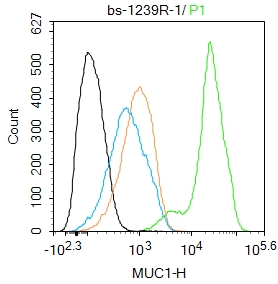

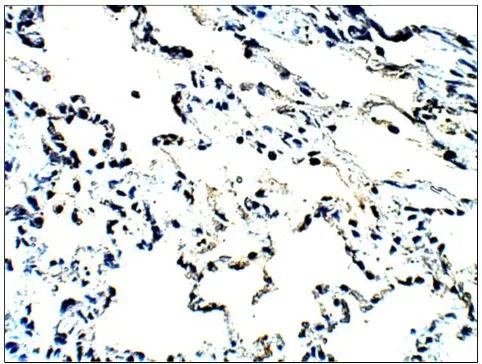
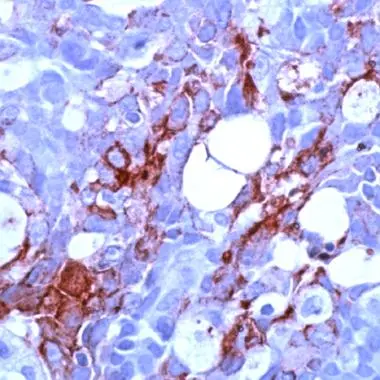
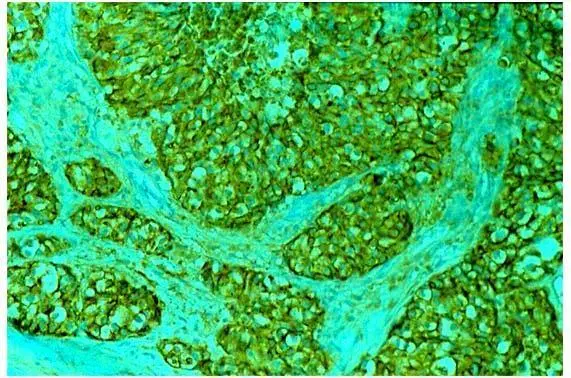
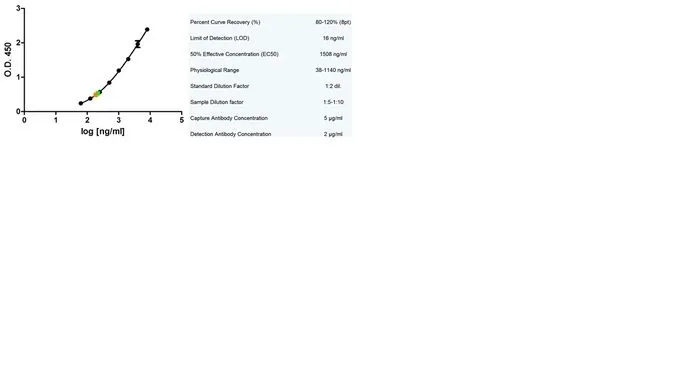
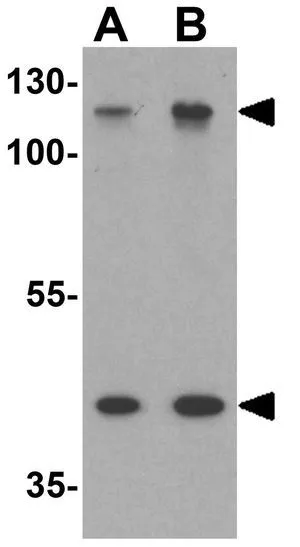
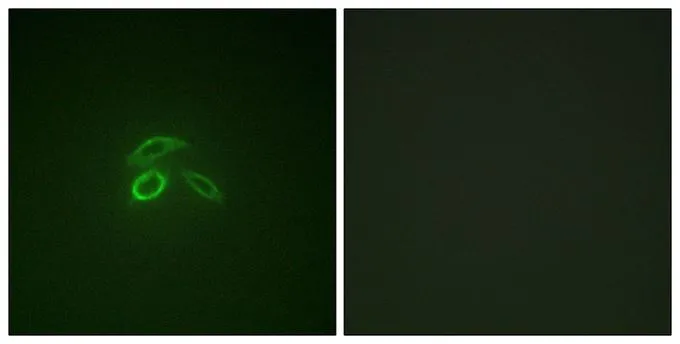
![IHC-P analysis of human stomach cancer (Adenocarcinoma Grade I) using GTX57210 MUC1 antibody [014E]. Antigen retrieval : Heat-induced epitope retrieval method (pH6.0 / 30min) Dilution : 1:2500](https://www.genetex.com/upload/website/prouct_img/normal/GTX57210/GTX57210_IHC-P_1_w_23061123_792.webp)